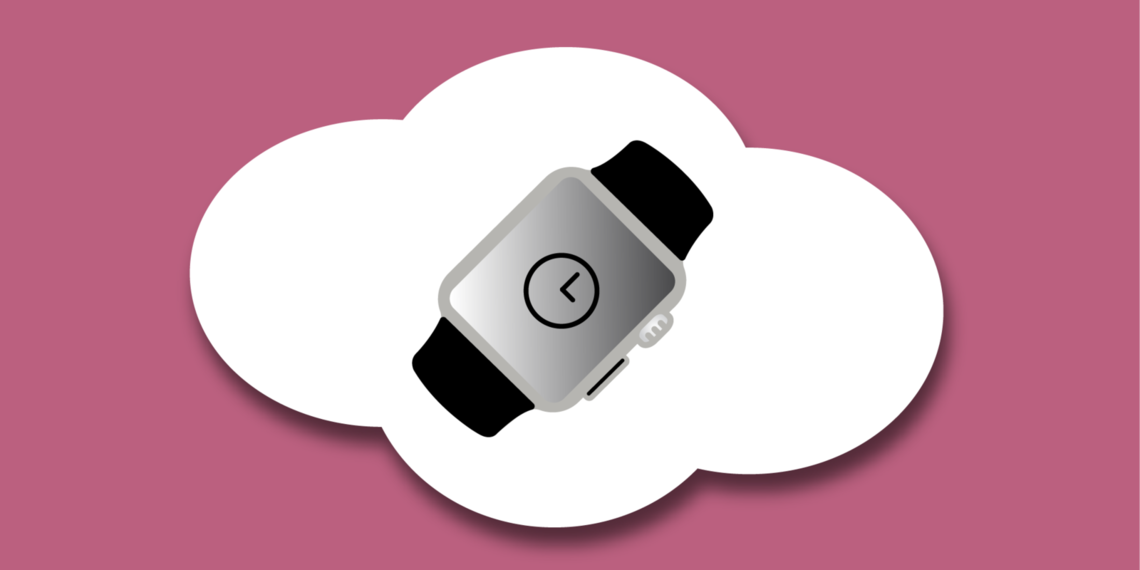ifteen minutes. This was the amount of time it took for me to walk down Museum Mile, leave behind the chaos and demands of residency training, and enter a world of quiet reflection in the galleries of The Metropolitan Museum of Art. Spending my post-call afternoons in the Met during residency offered me the solace I desperately needed. At the time, I was only able to identify that I felt overwhelmed and tired.
I recognized a decline in something that I once had in abundance—a perspective, an understanding of human suffering. Now, however, when an intern was suffering, instead of thoughtful compassion, my mind turned to words like, ‘I had to endure the misery, so you must as well’ and ‘I survived it, and you will too.’ The truth is that not everyone survives it. Suicide during residency training still remains a significant concern. At times, when a patient’s needs seemed too demanding, I was tempted to convince myself that the patient (or their caregiver) was being irresponsible or unreasonable. I had begun to accept a “culture of medicine” counter to the ideals of compassion I was raised with and learned as a medical student. I resolved to stop this erosion.
As clinicians, our ability to empathize requires constant energy and consistent motivation. Empathy is our cognitive ability to understand, communicate, and respond to another person’s perspectives, experiences, and concerns. Tom Lee reminds us, empathy requires work on our end.
If empathy is our most valuable natural resource for conflict resolution, as neuroscientist Dr. Simon Baron Cohen believes, then identifying ways to cultivate this natural resource is vital for our success—especially during the Take a Walk In Their Shoes, when conflict between clinicians, nurses, patients, and administrators may occur frequently.
So, how can you ensure your most “valuable natural resource” remains intact?
For me, achieving introspection and regaining critical perspective about healing was, ironically, only possible in a physical environment extraneous to medicine. During my afternoons in the Met, I took the time to consider how I might reclaim what I was losing. I arrived at a simple solution—to deliberately learn something from each person I work with or care for.
With this approach, I embraced a new attitude—now an entrenched perspective—about my role as a physician to ease human suffering. The solution of learning from children, families, and coworkers requires work. Sometimes, I still need 15 minutes away, just for some solace to reflect on the necessity of empathy for this job. But, learning has allowed me to renew and further cultivate my empathy. I’ve learned to have more joy in work. Now as an attending physician, I have a profound obligation to preserve a training environment where nurturing empathy remains a priority.
About: Dr. Diane Liu serves as a member of the Graduate Medical Education (GME) Value Council, and as the Chief Value Officer for the Department of Pediatrics.
Originally posted February 2017
Question for the Community:
For Diane, a 15 minute ritual helped restore empathy. What's your strategy? Please share it in the comments section below.
Diane Liu
Hospitalist and Graduate Medical Education director of quality and safety Ryan Murphy explains how Accelerate’s playlists are an infinitely modifiable, curiosity-satiating approach to unifying learners behind a single vision. With more than 15,000 visitors in the last 12 months, it’s worth taking a look.
Finding the time to teach in busy clinical environments can be challenging. Clinician educators Kathleen Timme and Pete Hannon outline a process for precepting in five minutes or less.
Learners, patients, and teachers are more confident and inspired when we take time to create positive learning environments. Pediatric endocrinologist Kathleen Timme gives practical advice for integrating key aspects of a positive learning environment into your daily interactions.
